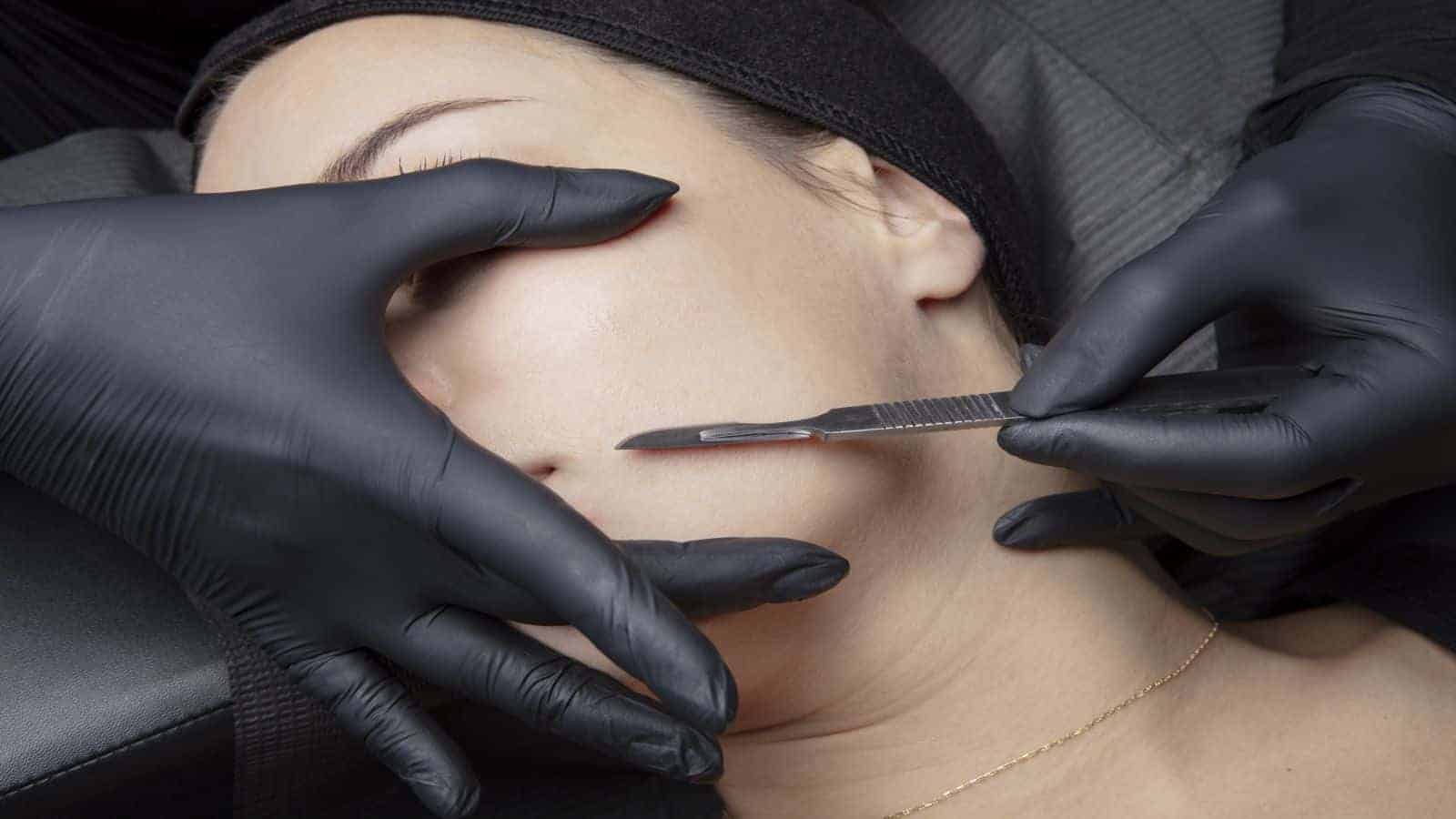It’s astounding what women have done in the name of beauty since the beginning of time. Look at all the gadgets, creams, lotions, and other products in your beauty arsenal, and you’ll understand. Part of your regimen probably includes shaving your underarms and legs.
Female body hair has always gone in and out of vogue over time. Ancient Egyptians weren’t fond of body hair for either gender, so they fashioned sharp razors made of copper. It was noted that the legendary beauty Queen Cleopatra used a sugar scrub as hair removal.
Ancient Greek and Roman women usually had sleeveless gowns and togas, so they kept their underarms lovely and smooth. During the Elizabethan Age in Great Britain, shaving was a must for any lady of class. They also shaved their eyebrows and the front section of their hair as a sign of rank and beauty.
Although these tips point to shaving the legs, primarily, men can also take heed of the razor safety tips when shaving their faces.
The First Modern Safety Razor
Throughout the millennia, when it was fashionable for women to shave, they used the same tools as men. Whether it was a sharp piece of flint or a metal razor, women didn’t have a problem using unisex varieties. King Camp Gillette designed the first modern safety razor in 1880 geared toward men, but women also used them.Fashion dictated the perceived need for women to shave their legs and underarms. As hemlines got a little shorter and sleeveless styles were in vogue, women couldn’t hide their body hair. The advent of the bikini also forced women into using a razor to keep their bikini line smooth.
Ads and billboards across the country depicted beautiful women who kept their legs and body glamorously smooth. Just as today, waxing, and depilatory creams were all the rage. American women spend millions of dollars each year to fit into the “hairless” mold of the beauty industry.
In the 1960s and early 1970s, the Sexual Revolution and Women’s Liberation movement addressed female body hair. Thousands of women not only burned their bras in protest of male oppression, but they also pitched their razors in favor of going natural. Many women in liberation marches proudly displayed their unshaven legs and underarms.
Many good things came out of the Women’s Liberation movement, but the razor protest didn’t last long. The unshaven look quickly gave way to the silky glamorous style again. The razor industry was never in danger of going out of business.
10 Shaving Mistakes that Women Should Avoid and How to Fix Them
Are you tired of coping with painful razor rash and ingrown hairs on your legs and underarms? Maybe you are shaving wrong and don’t realize it. Here are 10 of the most common blunders women make with a razor and how to fix them.
1. Using Razors Made for “Women”
Did you know that it wasn’t until 1915 when the first “ladies” razor was introduced to the world by Gillette? It was called the Milady Décolleté, and it was advertised that year by Harper’s Bazaar as the revolutionary tool to rid women of unwanted underarm and leg hair.
Since then, the beauty industry has been overwhelmed with cutesy, fancy pink razors for women for over a century. You probably have one of the latest products in your bathroom. However, these dainty razors won’t give you the best shave as a man’s razor does.
His razor is heavy duty and meant to tackle coarse facial hair. The razor’s head also has a finer swivel to curve around the chin and neck without accidental cuts. It would also make your legs and underarms more comfortable, so trade your “lady” razor for a man’s brand.
2. Sometimes, less is Best
The Flower Children of the 1970s were all about long flowing hair for both genders and full beards for men. However, the Gillette company went against the tide and produced its first safety razor with two blades in 1971. Their premise was that people would get an even closer shave with more blades.
You’ll notice that the razor industry wasn’t happy with what they had created. Now, you can find deluxe razors with three, four, five, and recently six blades. If two blades don’t give you the smooth skin of a goddess, then shouldn’t six?
You can get a close shave on your legs and underarms with a double or even single blade. Multiple blades may get closer, but they can also slice into the upper layer of your skin and cause razor burn. For a comfortable shave without redness and painful razor burn, remember that two will do.
3. Razors are a One-Way Street
You may be an innovative woman who likes to go against the grain, but don’t do it when you shave. The natural hair growth pattern of your legs is downward. Sure, going up your legs may give you a smoother shave, but it can cause you problems.
When you shave against the grain, the razor’s edge can go too deep and cause damage to your hair follicles, which results in painful ingrown hairs. You are also more likely to nick yourself going the wrong direction. Always shave your underarms and legs in the same direction as your hair growth.
4. Give Yourself Some Time in the Bath
Most ladies like to shave their legs and armpits while taking a bath or shower. It’s the ideal time because the water and steam soften the hairs, making it easier to shave. Your skin will also be more supple, so you don’t get razor burn.
For an optimal shave, please don’t do it the first thing when you get into the tub. Relax and soak awhile and let the soap, steam, and water do its trick. Save the shave for the very last thing you do.
5. Say “No” to a Dry Shave
One of the most common ways women get nicks and razor burn is using a razor on dry skin. You might be in a hurry, but dry shaving can make your underarms and legs red and sore. Always use shave cream, gel, or lotion for a comfortable shave.
6. Don’t Share Your Razors
Have you ever wondered why your man gets so angry when you use his razors? Your coarse leg hair can dull a razor quickly, and his sensitive beard hairs will tell on you. Besides, you may have seen him sneak your little pink lady razor when he was out of razors.
If you wouldn’t use the same toothbrush, why would you share a razor? Even the cleanest razors can harbor germs and bacteria that aren’t healthy to share. Stay on the safe side and insist that everyone in the household have a dedicated razor they can use.
7. Give Your Skin a Break
Not everybody’s hair grows at the same rate. You may be one of the lucky women who only must shave their legs and underarms every two or three days. How often you shave depends on how fast you notice regrowth.
If you shave too often, you can damage your skin with a razor rash. You also can develop ingrown hairs that cause painful blemishes. Let your hair grow out a little, and you will have a closer shave.
8. Time to Change the Blades
Like most people, you want to be frugal and get the most bang for your buck. Safety razors and replaceable razor blades are not cheap, so it’s understandable you don’t want to waste them. However, dull razors can nick and cut you and can cause infections.
If you use disposable razors, get rid of them as soon as they are dull. Replace the blades in your safety razor as well. Instead of throwing razors and blades away, find a place in your area that accepts them for recycling.
9. Don’t Keep Your Razor in the Shower
Have you seen those cute little razor caddies that stick to your shower wall or above the tub? They may make you seem organized, but they’re not doing you a favor. If you keep your razor in this wet, humid environment, they will dull quickly and harbor bacteria.
Instead, keep your razors in a bathroom drawer where they will stay fresh and dry. Just be sure to keep them out of reach of children. You could also keep them in a vanity drawer in your bedroom.
10. Keep Your Razors Clean
When you shave with creams, gels, or lotions, rinse your razor well with each stroke. Not only will you get a closer shave, but you will have less product buildup afterward. Before you store your razor, give it a good rinse with hot water and let it air-dry completely.
Final Thoughts on Better Shaving Habits for Women
There’s nothing like showing off silky smooth underarms and legs. If you avoid these common mistakes, you needn’t cope with razor rash and other skin issues. Follow good shaving hygiene and techniques, and your skin will stay healthy and radiant.
















 Community
Community

